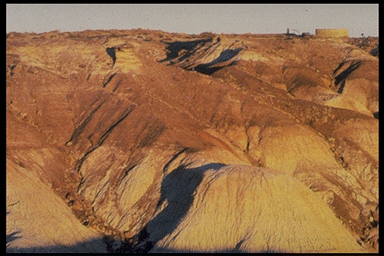Episode 64 – Texas isn’t Texas, Mexico isn’t Mexico and Europeans go Exploring

Podcast: Play in new window | Download | Embed
(Partial Transcript) Episode 64 -Texas isn’t Texas, Mexico isn’t Mexico and Europeans go exploring and bump into a continent and are surprised to find people already there.
When Europeans first encountered Texas, the world was a very different place. Well, maybe not too different because countries were fighting over land, gold, religion, natural resources, and political power much like we do today. However, it was still different; there were no cars, planes, trains, buses, electricity, fast food joints, and certainly no TV, Radio, and Internet. Moreover, without modern technology, it took a whole lot more courage to go exploring than it does today.
In the late 1400s, around 1488 Portugal became the first country whose sailors were brave enough to sail out into the Atlantic Ocean. Actually they weren’t, the Vikings were. Vikings sailed the Northern Atlantic around 1100 AD; but for the sake of this story, we’ll give the Portuguese some credit. The Portuguese exploration was primarily along the coast of Africa. Portuguese explorer Bartolomeu Dias was the first to sail around the Cape of Good Hope, which is the southern tip of Africa and made it to Asia. OK, remember that most of the history you learned in school was originally written by Europeans and then turned into something that Americans could relate to so it is all very Americanized.
It turns out that the Chinese admiral Zheng He, sailed all around Africa and Asia around 1404. Still though Dias’ trip was important because otherwise, to travel to Asia for trading purposes to pick up all the goods that society wanted required a lengthy overland trip. His success lead mariners from other nations to wonder if there might be a shorter way to Asia that did not encroach on Portuguese routes. Even though people wondered about a shorter route, there were few nations with the capability to send ships out into the Atlantic to find an answer. Things changed when Isabella of Castille and her husband Ferdinand II of Aragon succeeded in driving out the Muslims who had ruled Southern Spain for over 300 years and united the country under a Catholic flag. The conquest was complete by 1492 and it was at that time, Christopher Columbus convinced the monarchs that by finding a Western route to India, Spain would have increased military, economic, and just as important, religious power. As many remember from American history classes in grade school children are taught that Christopher Columbus “discovered” America. In truth, while he was one of the first Europeans (right now I won’t talk about the Vikings who landed on the Coast of Canada 300 years earlier) to reach what, in his time, was the “New World”. The islands he encountered are the Bahamas, Cuba, and Hispaniola in 1492 and in 1493; he landed in our current Puerto Rico. All islands inhabited by people as they had been for thousands of years. Columbus claimed all the land he encountered for Spain, and three years later in 1496, the Spanish put their first settlement in Santo Domingo in what is now the Dominican Republic. From those early arrival points and settlements, the Spanish began to explore the region, usually going up and down the coast and mapping the shorelines, still looking for a short cut to India.
By 1501, Spanish sailors had explored all the way, up to what is now Newfoundland and Labrador in present day Canada. To reach North America from the islands, it was inevitable that the ships would bump into Florida, and they did. However, they thought that Florida was just another island. In 1519, the governor of Jamaica, Francisco de Garay, sent out an expedition to explore what was considered an unknown country between the Río Pánuco of Mexico (which empties near current day Tampico, Mexico) and the “island” of Florida. Lt. Alonso Álvarez de Pineda set out with four ships and 270 men to explore, and he sailed into the current Gulf of Mexico. Upon reaching the west coast of Florida and sailing north, his journey began to cast doubts on the idea that Florida was an island.
